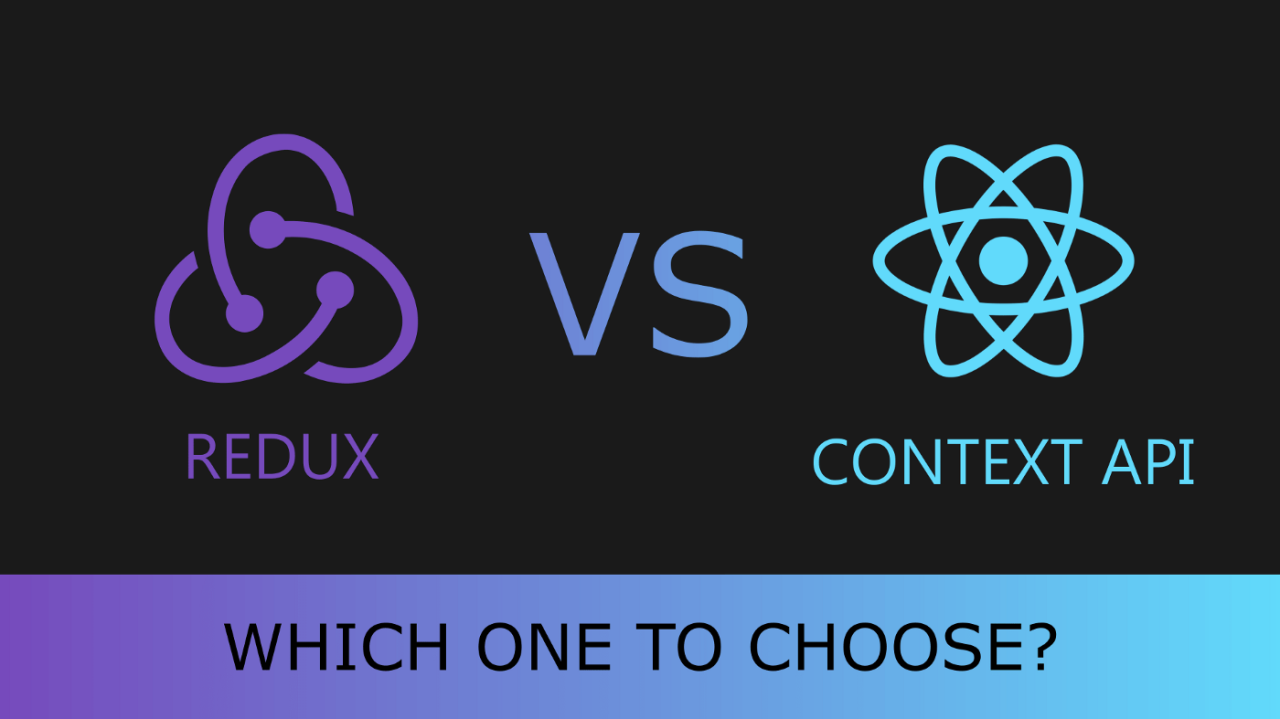It's challenging enough to run a business, but you don't need your app's data to become a complicated mess. I have witnessed the slowdown of a promising project due to poor state management. Since speed, scalability, and ease of maintenance are what generate leads and revenue, as a business owner, you want your web application to be these qualities. React is still the preferred method for creating dynamic interfaces in 2025, but it can be risky to decide between Redux and Context API for state management. To assist you in selecting the best tool, this article deconstructs their performance, use cases, and differences. Let's get started.
The Need for State Management in React
Imagine that your app begins as a basic customer dashboard or e-commerce website. It's all good until you start adding features, at which point data starts to fly everywhere. Your app feels sluggish as components cease communicating with one another correctly. State management can help with that. It keeps everything in sync, much like your app's nervous system.
State management is more than just a trendy tech term for entrepreneurs; it's about providing a smooth user experience that attracts and retains clients. Ineffective state management can result in bugs, sluggish performance, and irate users—all of which can cost you money. At Fykel, we've witnessed how apps can become lead-generating machines with the correct state management approach. Are you interested in our work? View our portfolio.
To be honest, most people don't consider state management until an issue arises. However, selecting the appropriate tool—Context API or Redux—can ultimately save you money and headaches.

Redux Overview: The Powerhouse of State Management
Redux is still a powerful tool for handling complex state in 2025, having been a mainstay of the React ecosystem for many years. Consider it a central location to manage the data for your app. Components use predictable actions to access the single store where each piece of state resides. It is well-organized, dependable, and ideal for extensive applications.
Redux excels in situations requiring uniformity throughout a large application, such as a SaaS platform or an e-commerce website with thousands of users. Debugging is made easier by its stringent guidelines (actions, reducers, and a single source of truth), but let's face it: for smaller projects, it may seem excessive. Writing boilerplate code took up half of my first Redux project, and I questioned whether it was worth it.
Nevertheless, Redux's ecosystem has made things easier with tools like Redux Toolkit. For companies in need of reliable, scalable solutions, it's a good option. Redux is frequently used by Fykel's React development services for enterprise-grade applications.
Context API Overview: React’s Built-In Solution
React's native solution for state management is the Context API, which has advanced significantly since its inception. It functions similarly to a lightweight messenger that transfers data between components without requiring prop drilling. By 2025, developers who desire simplicity without compromising functionality will turn to Context API.
Context API keeps your app small because it doesn't require external libraries like Redux does. Without the hassle of a full-fledged store, it's ideal for small to medium-sized apps that need to share state, such as user settings or theme preferences. Here's where I pause, though: if you're not careful, the context API can become jumbled in big apps.
Context API's ease of use can reduce expenses and expedite development for startups on a tight budget. At Fykel, it's no surprise that we frequently suggest it for lean projects.

Pros and Cons Comparison: Redux vs Context API
Now let's get specific: how do Context API and Redux compare? You are concerned about cost, scalability, and performance as a business owner. To help you choose the best tool for your React app and your business, here is a breakdown.
Performance
In 2025, performance is crucial. Search engines reward speed, and users expect apps to load instantly. Redux is very effective for complex apps because of its single store and predictable state updates. By guaranteeing that components only update when their particular slice of state changes, it reduces the need for pointless re-renders. A dashboard that is powered by Redux, for instance, can easily manage real-time data updates.
On the other hand, large apps may experience performance issues with the Context API. If your state is complex, you may experience slowdowns because it re-renders all consumers when the context changes. However, the difference is minimal for smaller apps, and the ease of use of Context API frequently outweighs the performance cost.
Scalability
Redux excels at scalability. Its rigid architecture and centralized store make it perfect for apps that must expand, such as multi-user platforms or CRM systems. You don't have to worry about state chaos when adding features. When their app unexpectedly scaled, I've seen startups regret not using Redux.
Large apps are not as well suited for the Context API. While it works well for transferring data between a few components, it can become a nightmare to manage a large, nested state. Redux (or a hybrid approach) is frequently the safer choice for companies that intend to grow.
Ease of Use
Context API excels in this situation. Installing additional libraries or learning intricate patterns is not necessary because it is integrated into React. In just a few minutes, you can begin passing data and setting up a context. This is invaluable for developers who are new to state management. I was initially perplexed by Redux's boilerplate as well—actions, reducers, dispatchers, etc. It was similar to picking up a new language.
Redux has a higher learning curve, even with Redux Toolkit. Following its patterns necessitates discipline, which can impede progress on small projects. However, it's an effective tool for keeping code organized for teams that are accustomed to its structure.
Cost and Development Time
Let's discuss money. Smaller apps can be developed more quickly thanks to the simplicity of the Context API, which lowers costs. This is a huge win for startups that are keeping a close eye on every dollar. Redux lowers maintenance costs for big apps by avoiding state-related bugs, despite initially requiring more work.
At Fykel, we adjust our strategy to fit your budget. We create cost-effective solutions that produce outcomes, whether it's a solid Redux architecture or a lean Context API setup. Do you want to see what we can accomplish? Check out our pricing page at .
Use Cases
When should you use each, then? Context API is ideal for small to medium-sized applications with simple state requirements, such as a basic e-commerce website or blog with user preferences. It keeps your codebase small and is easy to implement.
For intricate, data-intensive applications, such as enterprise dashboards or real-time analytics platforms, Redux is the preferred choice. Because of its structure, your app will remain maintainable as it develops. The professionals at Fykel can offer advice if you're not sure which is best for your project.
Conclusion: Choosing Your State Management Tool
Context API or Redux? What your company needs is more important than which is superior. It's difficult to match Context API's affordability and ease of use if you're a startup creating a lean app to generate leads. Redux is your workhorse when it comes to enterprise-level projects that require scalability. I've witnessed both projects succeed and fail due to poor selection.
I understand the pressure to do it correctly because I own a business. An app that is properly maintained can increase user engagement, increase revenue, and simplify processes. Whether it's Redux, Context API, or a combination, our specialty at Fykel is creating React apps with the ideal state management approach. Are you prepared to create something truly remarkable? Send us an email at [email protected].




_0.png)